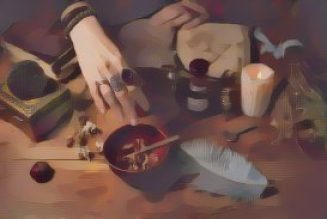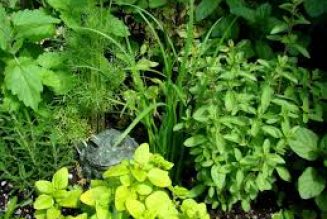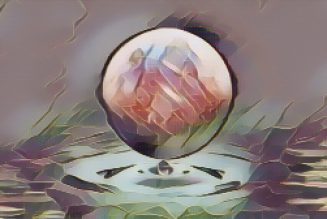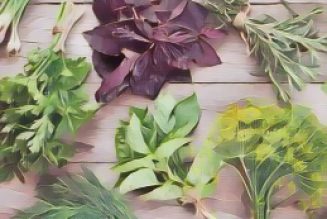Calendula is known to affect the menstrual cycle and should not be used during pregnancy and breastfeeding. Theoretically, calendula may affect conception when taken by a man or woman, so couples trying to get pregnant should not use calendula. Other names for calendula are Marigold, summer’s bride, bride of the sun, sun’s gold, ruddes, ruddles holigold, pot marigold, drunkard, goldes, husbandman’s dial, marybud, marygold, mary gowles, and oculis chrisi, Historically, calendula was known as “poor man’s saffron” as it was used to color and flavor foods, specifically butter, cheese, custard, bread, cookies, soups, and rice dishes. Calendula petals are also added to salads. Calendula is generally recognized as safe for food use. It is primarily a local (topical) remedy. Applying the petals to insect stings will reduce pain and swelling. A lotion made of the flowers is recommended for sprains and wounds and a water distillation of the flowers for sore and inflamed eyes. While the flowers are the part most often used medicinally, the juice from the leaves is said to remove warts. The flower petals of the calendula plant, or marigold, have been used for medicinal purposes since at least the 12th century. Folk medicine healers in Europe prepared infusions, extracts, and ointments with the petals to induce menstrual flow, to produce sweat during fevers, and to cure jaundice. In 19th century America, the Eclectic physicians used calendula internally to treat liver problems, stomach ulcers, conjunctivitis (inflammation of the mucous membrane that lines the eyelids, (commonly called pink eye), and externally for superficial burns, bruises, and wounds. Tinctures, ointments, and washes are commonly used to speed the healing of these, as well as the minor infections they cause. Calendula cream is also used to treat hemorrhoids. Animal studies show that calendula does appear to speed wound healing, possibly by increasing blood flow to the wounded area and by helping the body produce collagen proteins, which are used to heal skin and connective tissue. Traditionally, the flower was also used externally as an antiseptic and to help stop bleeding. Calendula flowers demonstrate both astringent and anti-inflammatory activity, and these preparations are used for skin and mucous membrane inflammations, such as pharyngitis (inflammation of the throat), leg ulcers, boils, bed sores, gum inflammation, and rashes. Some herbalists recommend the plant’s essential oil for treating vaginal yeast infections. Currently, the pigment of the bright orange calendula is used in the pharmaceutical industry to give a pleasant color to some medicinal preparations. Calendula has a long history in magical lore. It is bound to Sun and Fire. It is believed to be useful for prophetic dreams, protection, respect, and psychic powers, and to be of benefit when legal matters arise. It should be picked at noon for comfort and strength. One should place garlands of calendula at doors to prevent evil from entering, and scatter it under the bed for protection and to make dreams come true. In legal matters, carry calendula to help justice favor you in court. Another belief is that if you touch the flowers with bare feet it will aid in better understanding of birds. It’s said that if you put a mesh bag of Calendula petals under the faucet when running bath water, you will win the respect and admiration of everyone you encounter after bathing in it (…it also highlights the hair.) There is also an old recipe that calls for mixing dried Calendula flowers, Marjoram, Thyme, and Wormwood and grinding them into a powder. Simmer in honey and white wine, and then rub over the body to induce prophetic dreams about your future husband or wife while chanting your wishes. If the candidate is good to you in the dreams, they will make a loving spouse, but if they treat you badly in the dream, they will be disloyal and uncaring.
Calendula
637 views






















